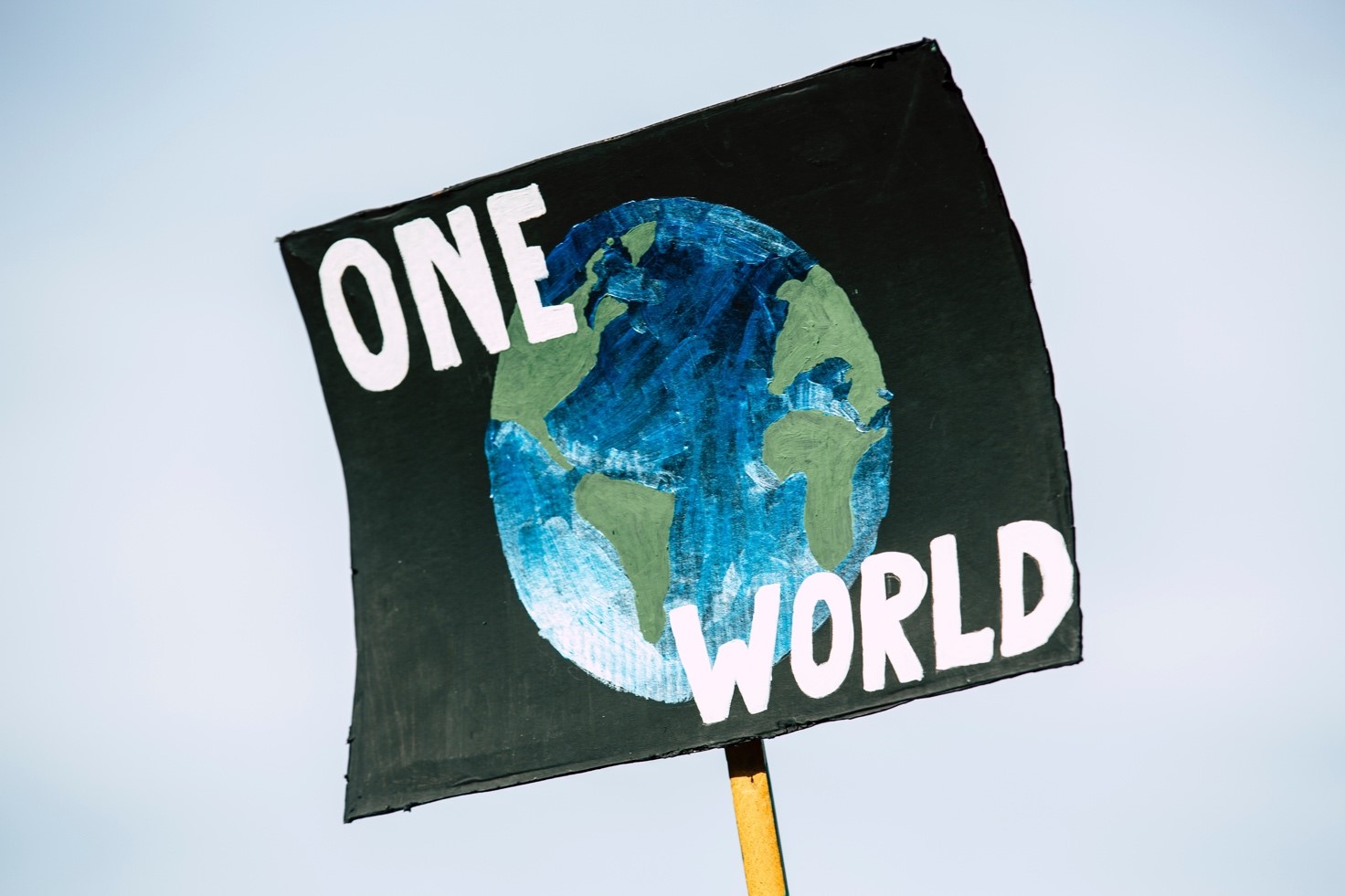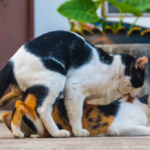South African leopards on Malawi mission
Published on January 4, 2012 at 10:32 AM by FACE OF MALAWI
MALAWI: “The leopards won’t like that!” jokes ranger Fyson Suwedi as his pick-up truck rattles along the bumpy road that leads from the airstrip to Malawi’s Majete Wildlife Reserve.
In the back are the two special passengers, transported by plane from South Africa across 1,000 kilometers (620 miles) on a mission to repopulate the Majete.
The leopards — a male and a female — have behaved during the journey to their new home, where they will hopefully reproduce.
Proclaimed in 1955, the Majete reserve suffered extensive poaching which severely depleted its animals’ numbers.
But a conservation group took over management after a 2003 deal with Malawi’s government. Since then over 2,500 antelopes, elephants, buffalo and rhino have been reintroduced.
This leopard operation’s twosome were caught in rural South Africa after their hunting spree wreaked havoc on farmers’ ostrich populations.
At the Moholoholo Wildlife Rehabilitation Centre in northeast South Africa, where the leopards spent a few weeks before the move to Malawi, the morning of their journey they are quickly sedated, inoculated against rabies and cat flu, washed, and put into cages.
A few volunteers from the centre — actually tourists who pay to work with the exotic animals — are helping the operation.
“The male is 22 months old and the female 17. Unfortunately we’ll have to wait a year or two before they can reproduce,” explains Brian Jones, the wildlife rehab’s director.
But head veterinarian Andre Uys believes the felines are older, as much as five years for the male and two for his future companion.
After the leopards are moved into their separate cages the journey can finally begin. The first stop is a nearby airfield, then an hour’s flight to Kruger Mpumalanga International Airport, where the last administrative details need to be tied up.
All the paperwork however was not ready on time even though the African Parks Network, the non-governmental organisation that runs Majete, started the process seven months ago.
“We cannot afford any further delay because the animals are going to cook (in their cages). It’s hot in here,” an impatient Uys says on his cellphone.
A whole range of documents is needed to transport the animals out of the country: both veterinary services and customs’ environmental protection management have to authorise the move.
Then the operation needs the stamp of the Convention on International Trade in Endangered Species of Wild Fauna and Flora (CITES), the international animal trade policing body.
But finally the Cessna airplane takes off from Nelspruit, only four hours behind schedule. Flying over western Mozambique, three-and-a-half-hours later it touches down on the private runway of a sugar factory near Majete.
The last papers are signed, and the two cages are loaded onto the pick-up truck for the last stretch to the reserve.
The leopards have been awake for a while now and are calm, though they growl at each other from time to time.
“They shouldn’t have been fed yesterday. They should have been starving to travel,” says Uys regretfully.
Usually leopards respond better to the drugs if they do not eat before traveling, but these two had a rabbit “snack” for dinner the previous evening.
At the reserve the endangered big cats are freed at last, but kept apart in enclosures.
“They are under stress. If they were released together now they would kill each other,” says Uys.
This will be their home until mid-January while they recuperate from the journey. When they are set free after that, they’ll probably hang around the area for another week, then take off to explore the 700 square kilometers (270 square miles) of their new domain.
Each wears a collar that sends a satellite signal so park officials can track their movements.
Perhaps they will meet the other two leopards from South Africa that were released in October.
And more big cats are coming. Next July, lions will arrive in Malawi to do their bit to repopulate the Majete reserve.





